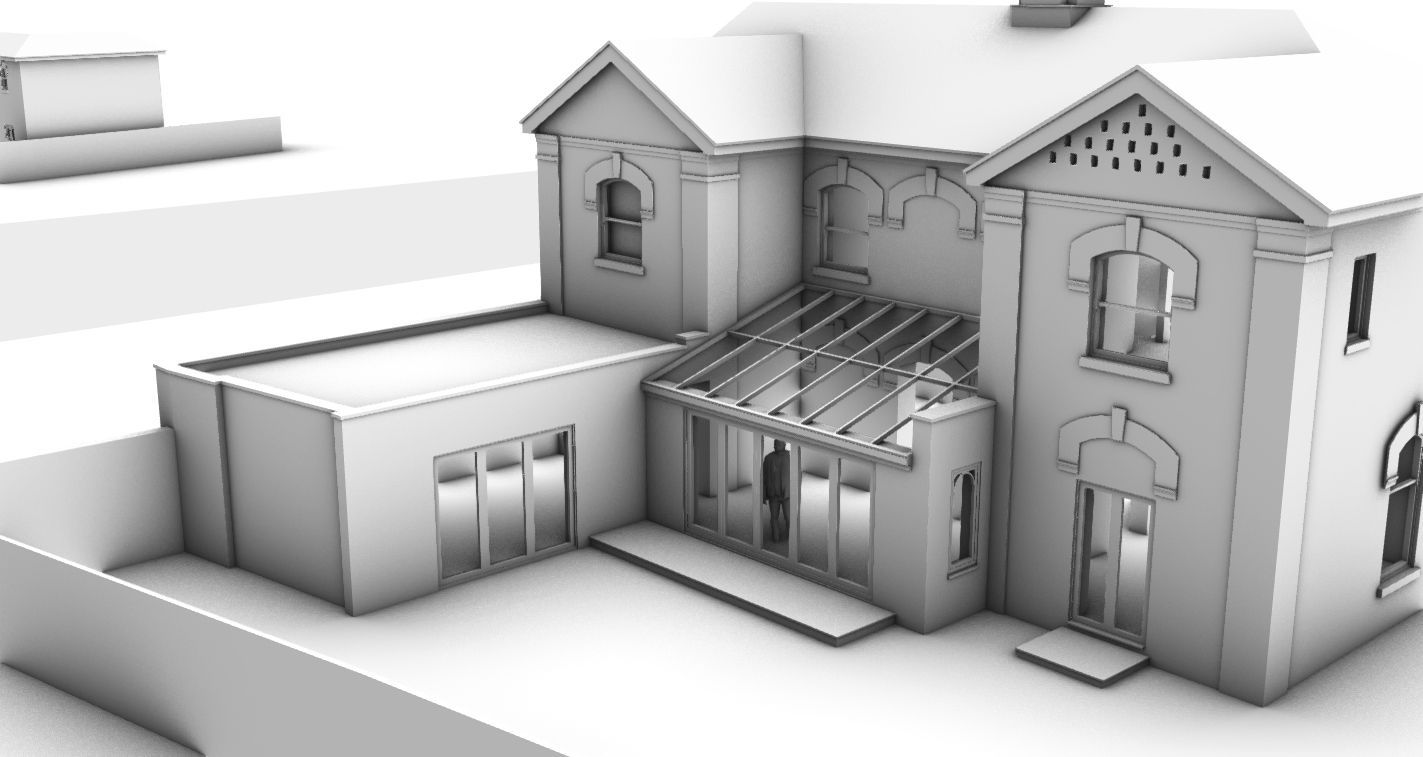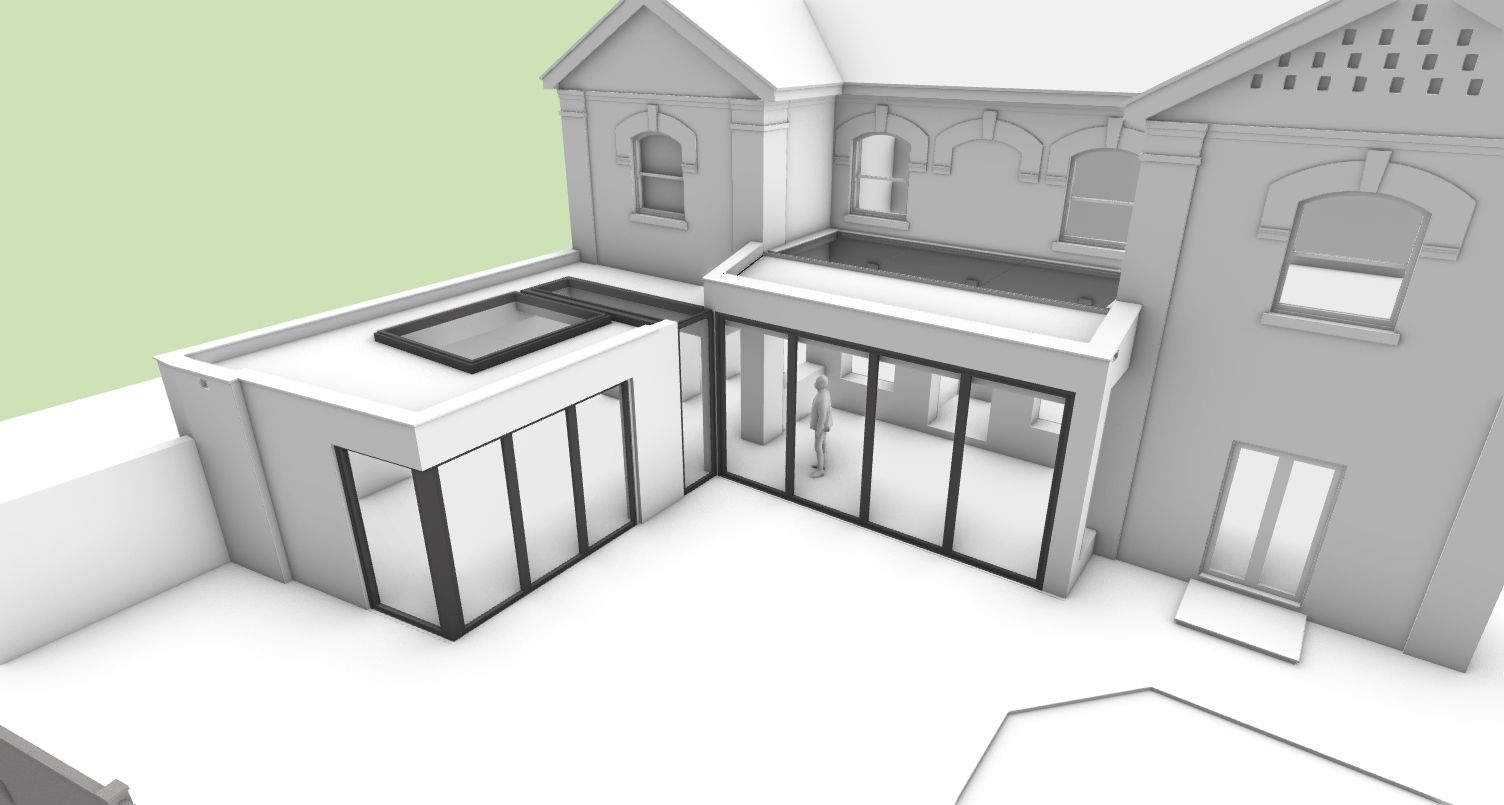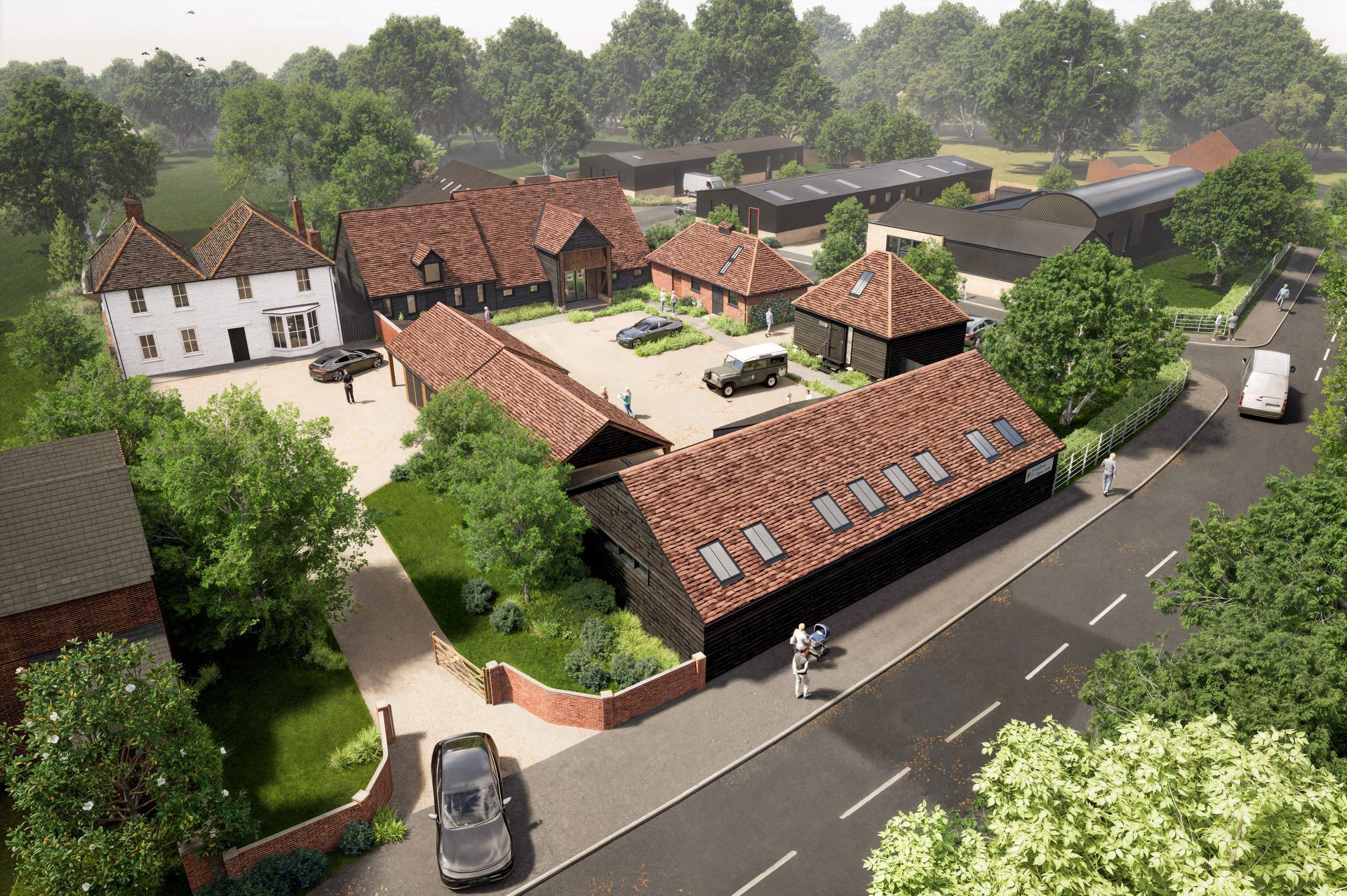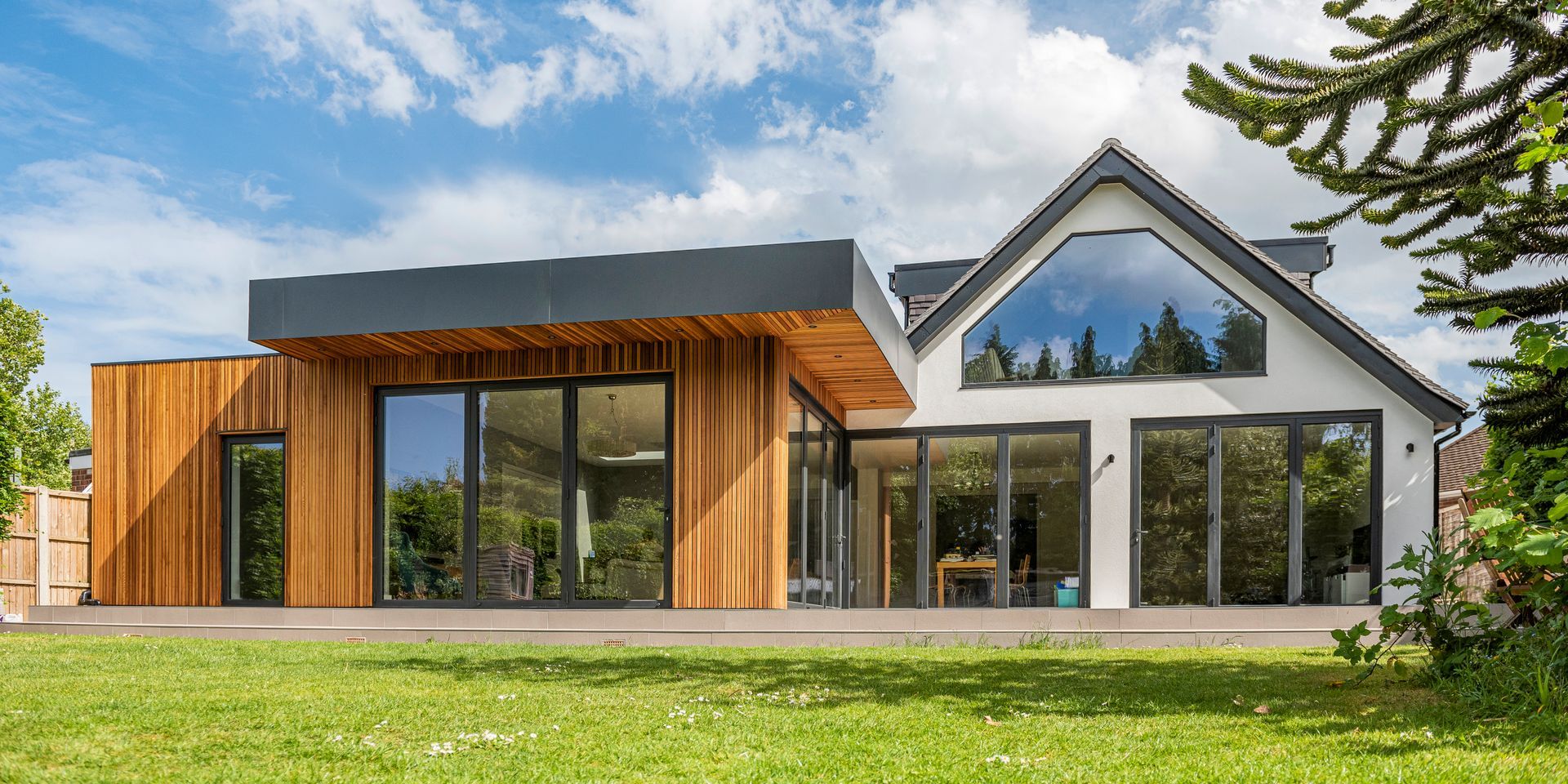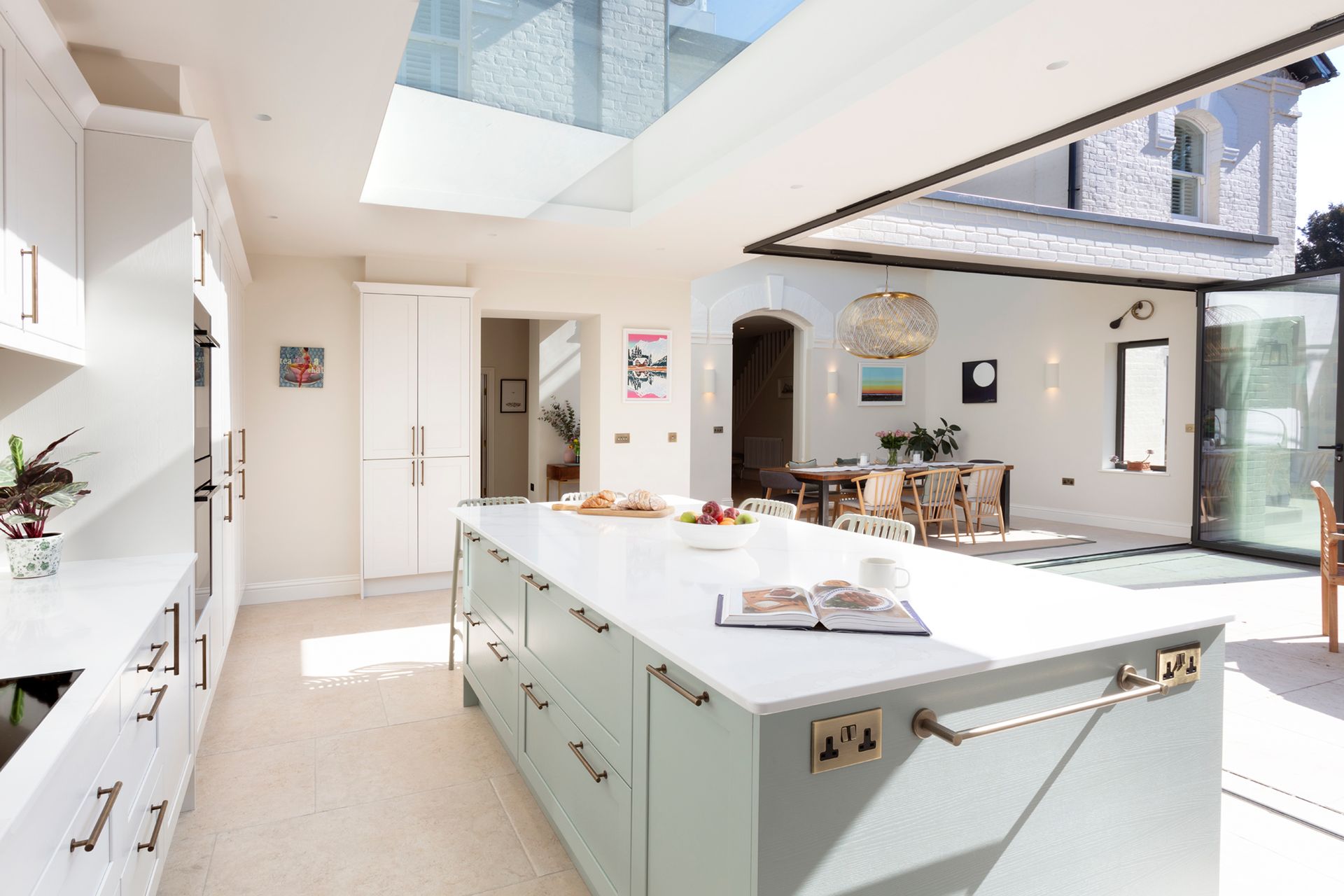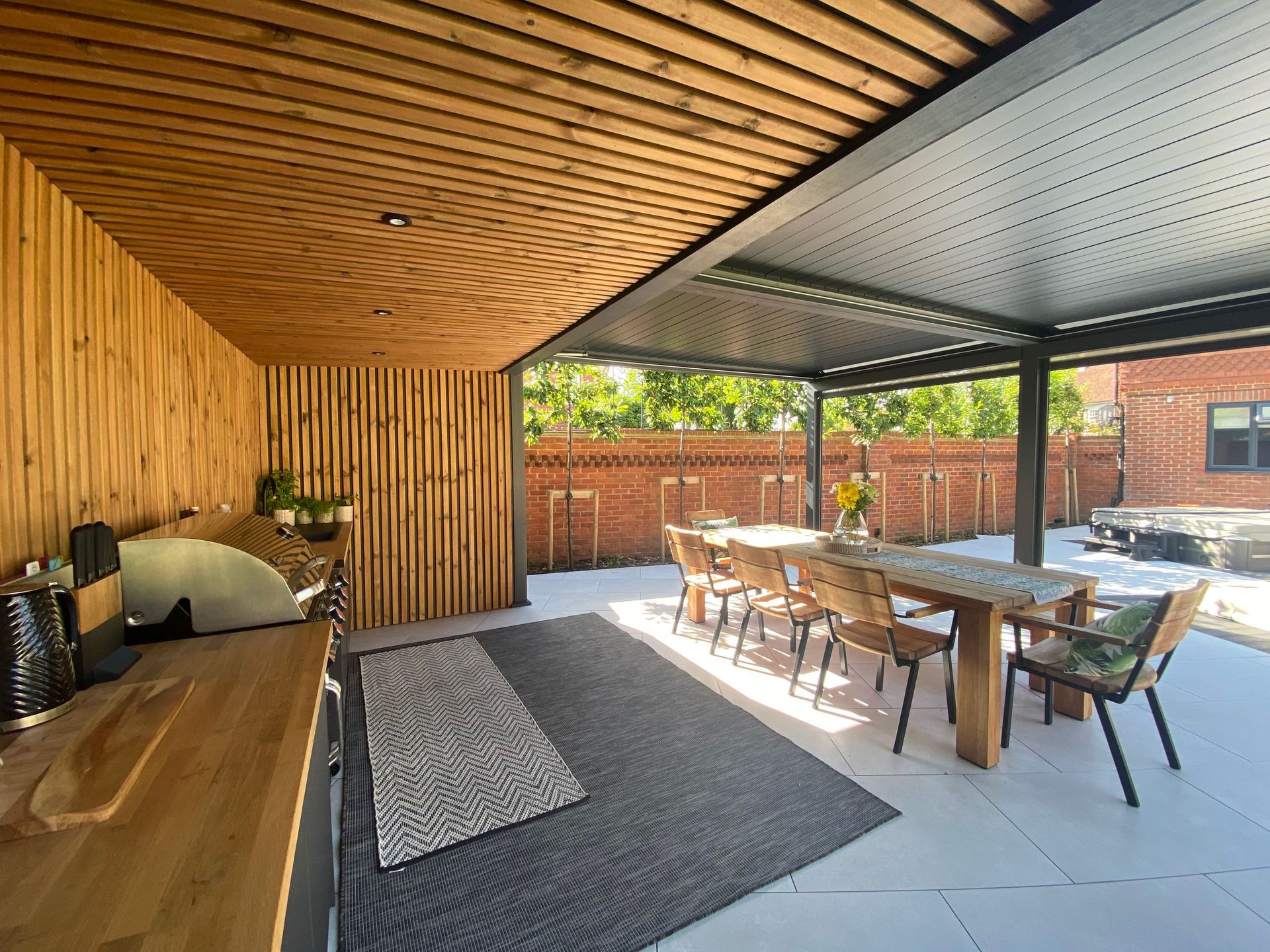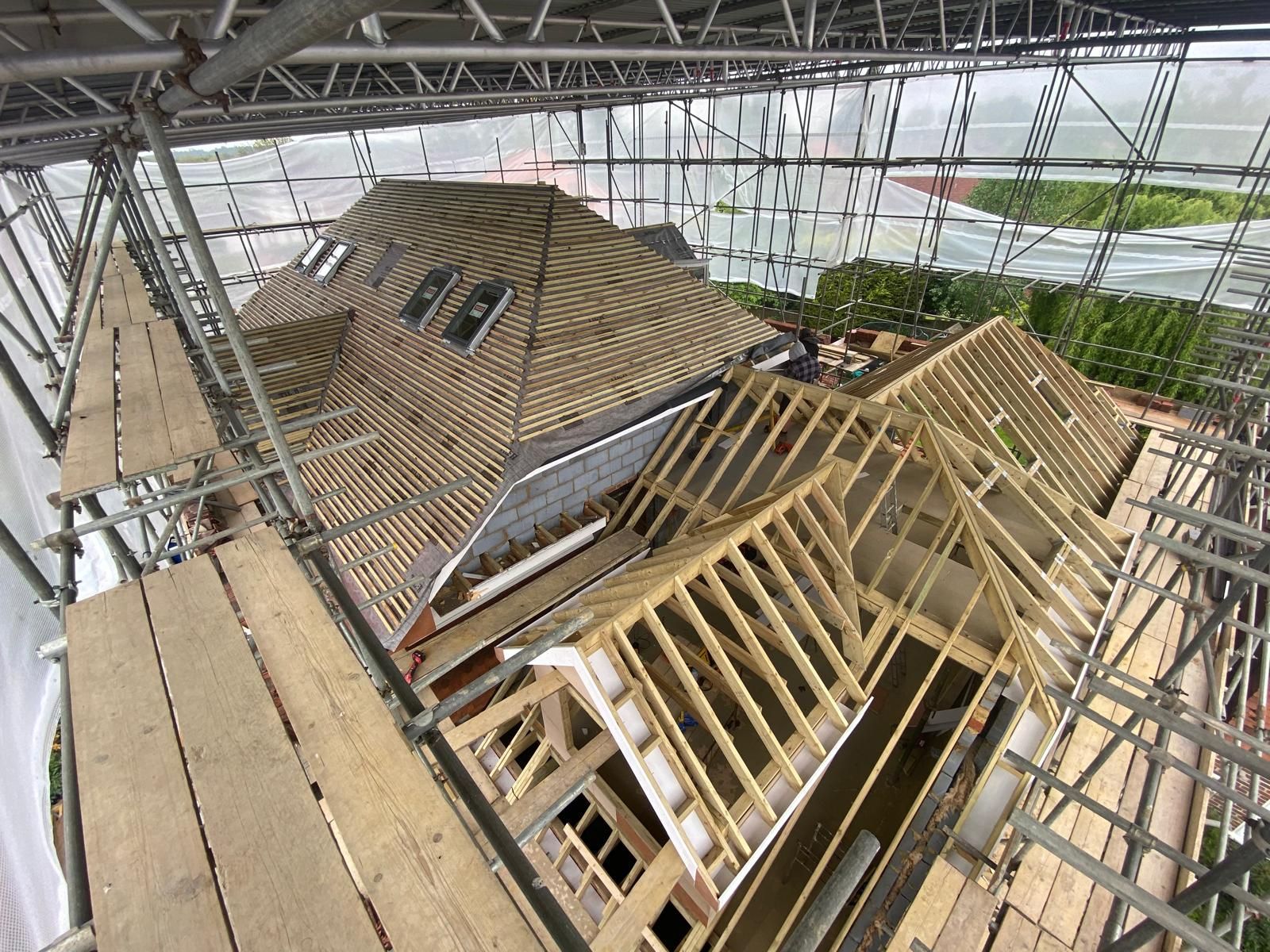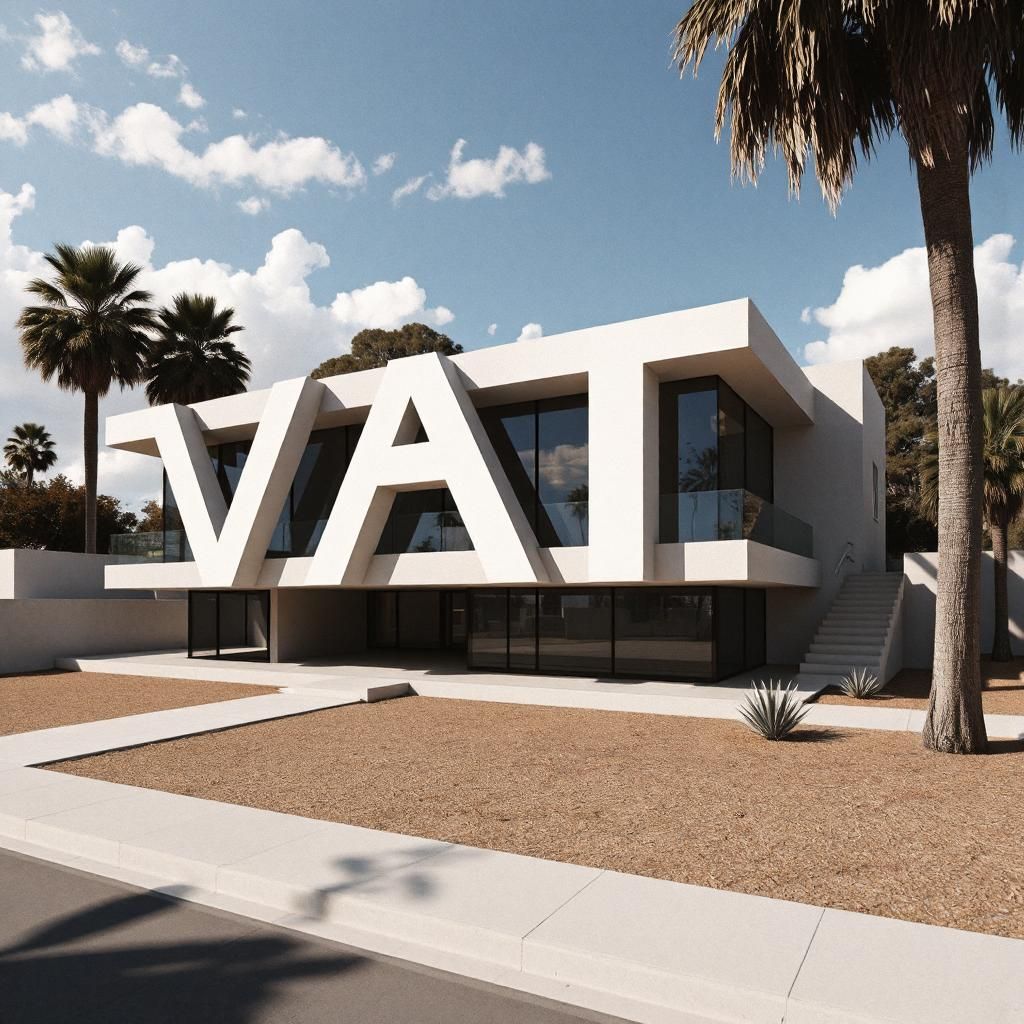Is It Still Worth Extending Your Home?
The Challenges Facing Homeowners Today
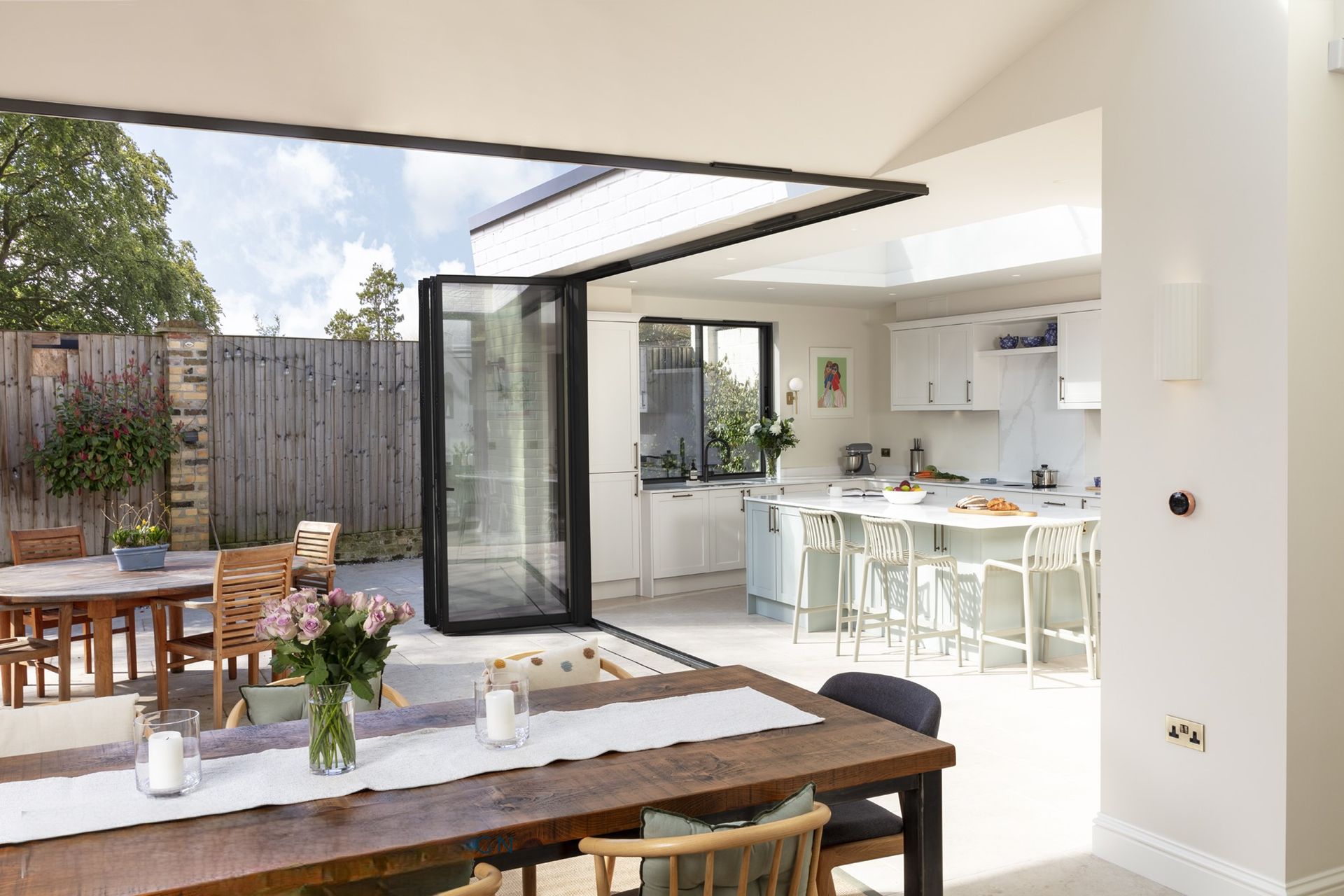
• Planning is getting pricier – application fees are higher, and councils are demanding more specialist reports (heritage, ecology, flood risk, transport, sustainability).
• Build costs keep rising – materials and labour are much more expensive than even a few years ago.
• Tougher regulations – stricter building rules on energy efficiency, fire safety and accessibility add extra costs.
• Financing is harder – borrowing is still more expensive than it was pre-2022.
• Trades are stretched – good builders and subcontractors are in high demand, pushing prices and timescales up.
• Delays and uncertainty – planning decisions are taking longer, especially in sensitive areas like the Green Belt, Conservation Areas or with listed buildings.
• Budgets are squeezed – with the cost of living rising, homeowners are weighing up whether extending or simply moving makes more sense.
What This Means for Homeowners
A two-storey extension with a modern open-plan kitchen/dining space, or a loft conversion with en-suite could easily now have drifted from £150,000 into £250,000 or more once fees, surveys, and rising construction costs are factored in.
For some families, that leads to the question: should we move instead? Yet the costs of moving — stamp duty, agents, legal fees, removals — can also run into tens of thousands. Choosing between the two isn’t straightforward anymore.
How Artichoke Helps Clients Navigate This
At Artichoke, we’re not just about design (though of course we pride ourselves on creating beautiful homes). A fundamental part of our service is to make sure projects are viable from the very start.
Here’s how we do it:
Early viability checks – before you invest heavily, we help test the scope of the project against your budget (we can advise, but recommend investing in a quantity surveyor).
Trusted consultants on board early – we work with quantity surveyors, structural engineers, and mechanical & electrical consultants (and others if needed) to understand costs and technical challenges at the outset.
Adjusting scope early – if budgets are tight, we’ll reshape the brief to help you prioritise before drawings or permissions are locked in, saving stress and money later or having to redo things at a cost.
Smart design solutions – we use creativity to get more from less space, focusing on flow, natural light, and quality rather than sheer size. Sometimes adapting badly designed & extended homes is much more efficient & effective than extending.
Value engineering – by working collaboratively with contractors and consultants, we identify where savings can be made.
Honesty – we will be honest and try to help you be honest with yourselves to make the right decisions for you, even if it’s not what you’d hoped for.
This joined-up approach means our clients get realistic information at the right time. Surprises are minimised, and projects are set up to succeed OR you can make an early decision not to proceed, thereby minimising upfront time & financial outlay.
Case Study: The Coach House, Windsor
A recent project by the river in Windsor shows how this worked in practice.
At The Coach House, the clients came to us with a clear brief for what kind of development they wanted and an insight into their lifestyle & use of their home, but also a firm budget in mind. We began by exploring a wide range of concept designs, weighing the cost implications against the design benefits. Given economic uncertainties, they decided to significantly reduce their budget.
Working closely with our trusted consultants, we were able to highlight which elements of the brief carried the highest cost and which delivered the most value.
This meant some tough decisions had to be made but through a thorough and open process, the scope of the project was significantly reduced. Critically, the design retained the most essential aspects of the clients’ brief. The result was a project where the ambitions were distilled, the design was leaner, and the costs were brought under control.
Most importantly, the finished home delivered exactly what mattered most to the clients. The Coach House is now a home they love — proof that careful design and early and continued viability checks can achieve outstanding results, even when budgets tighten.
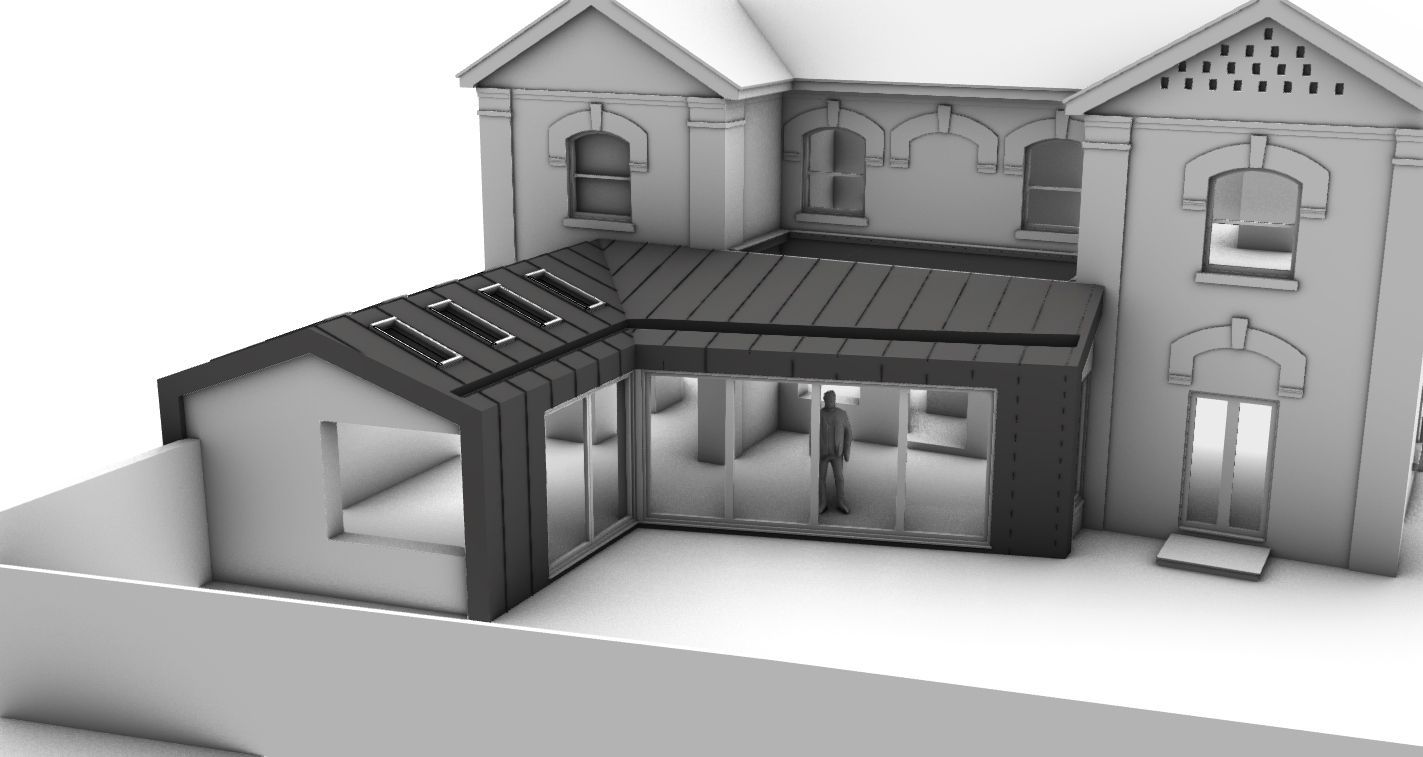
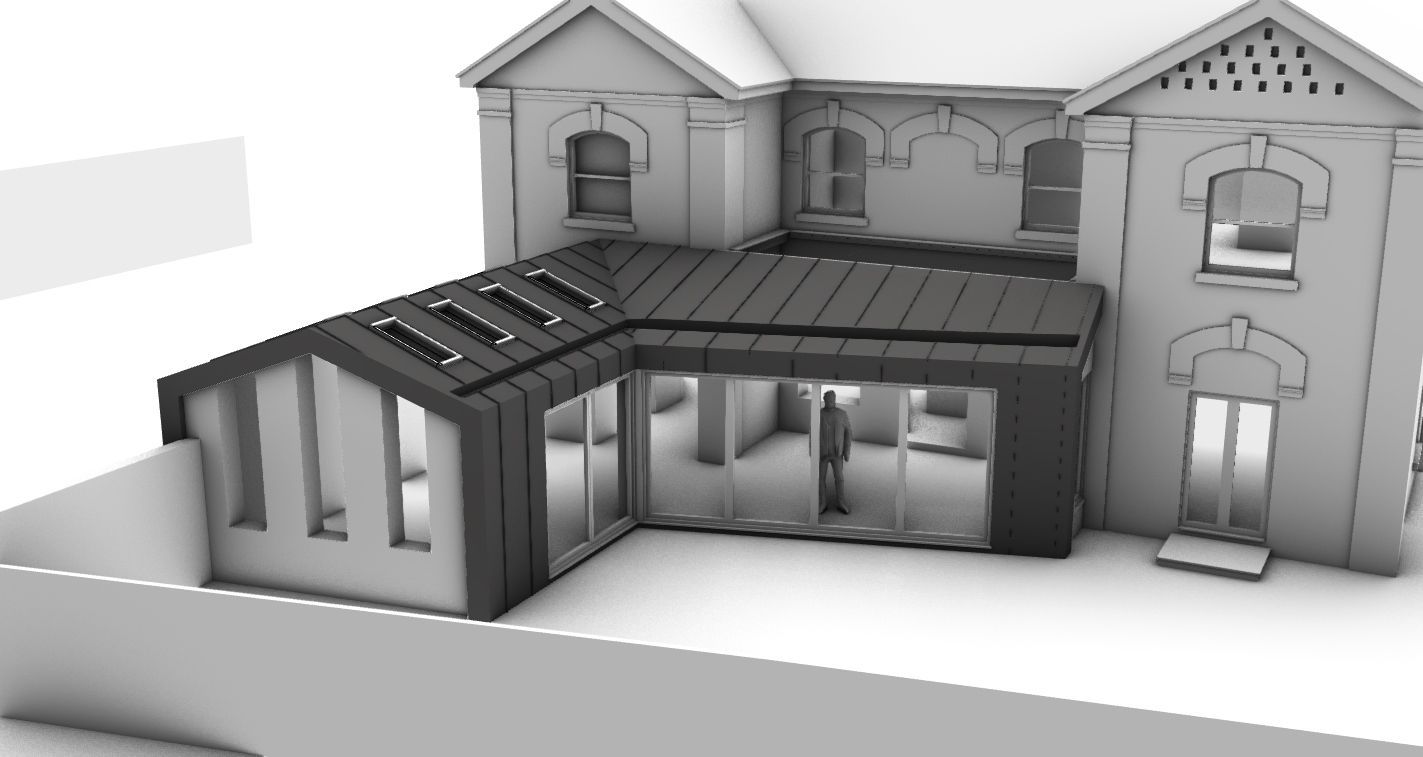
Conclusion
Yes, planning costs and build prices are rising, and yes, the process can feel daunting. But with the right strategy, projects in the £100,000–£300,000 range can still add huge value to your home and quality of life.
We combine early viability checks with great design to make sure your ambitions align with your budget. By working closely with trusted consultants and adjusting scope at the right time, we give our clients the best chance of achieving the home they want, without the risks spiralling out of control.
It’s harder than it used to be — but with good advice, careful planning, and a clear design vision, it’s far from impossible.
If you’re deliberating about whether to extend or improve your home, don’t hesitate to get in touch, we’d love to hear from you so we can start the honest conversations.
